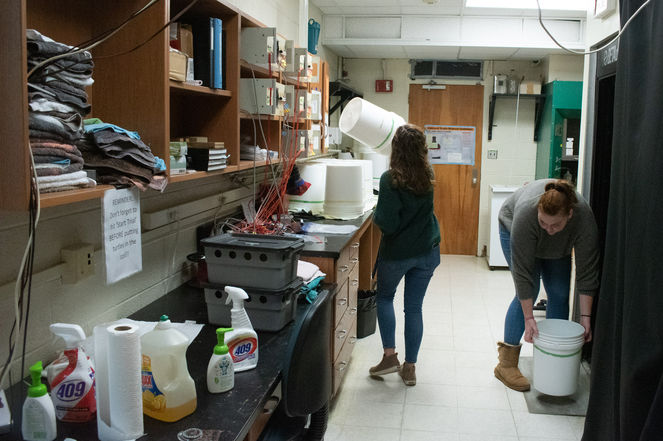top of page

Sea Turtle Research at UNC-Chapel Hill
Photo Story
Kayla Goforth is a Ph.D. student in biology at the University of North Carolina. This spring, she plans to defend her dissertation on the development of foraging ground fidelity in sea turtles, the migration patterns of long-distance marine migrants, and the processes of geomagnetic imprinting and natal homing.
Sunset Beach
Creativity Package
Photos from a weekend in Sunset Beach, North Carolina.
Wrightsville Beach
Creativity Package
Photos from a weekend in Wrightsville Beach, North Carolina.
Kesem at UNC-Chapel Hill
Event Coverage
Photos from Fall Friends and Family Day with Kesem at UNC-Chapel Hill.
Raleigh
Day in the Life
Photos from a trip with friends to Raleigh, North Carolina.
bottom of page






![“What we can do is we put the sea turtles in there [the magnetic coil system], and we'll expose them to magnetic fields from different locations across the globe,” Goforth said. “And we see how they respond to those fields. We know that sea turtles can detect two components of Earth's magnetic field. The first is the strength of the magnetic field. And the second is actually the angle that the magnetic field lines make with the surface of the earth. And so they can use those two components kind of like latitude and longitude, as a type of map. They have really specific feeding and breeding sites, and they return to the same locations year after year. So what I'm testing is whether they can learn a magnetic field and associate it with food. That's something that they might do in the wild as they're learning different feeding grounds.”](https://static.wixstatic.com/media/6f30d3_19ab64f4b0c34b1097eae28726926f32~mv2.jpg/v1/fit/w_663,h_442,q_90,enc_avif,quality_auto/6f30d3_19ab64f4b0c34b1097eae28726926f32~mv2.jpg)

































